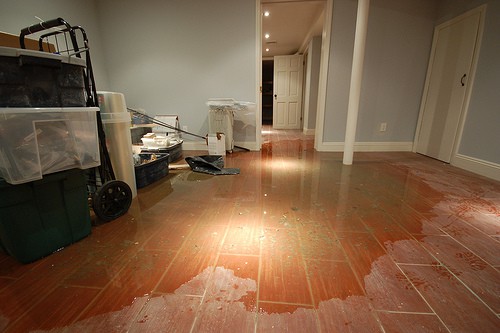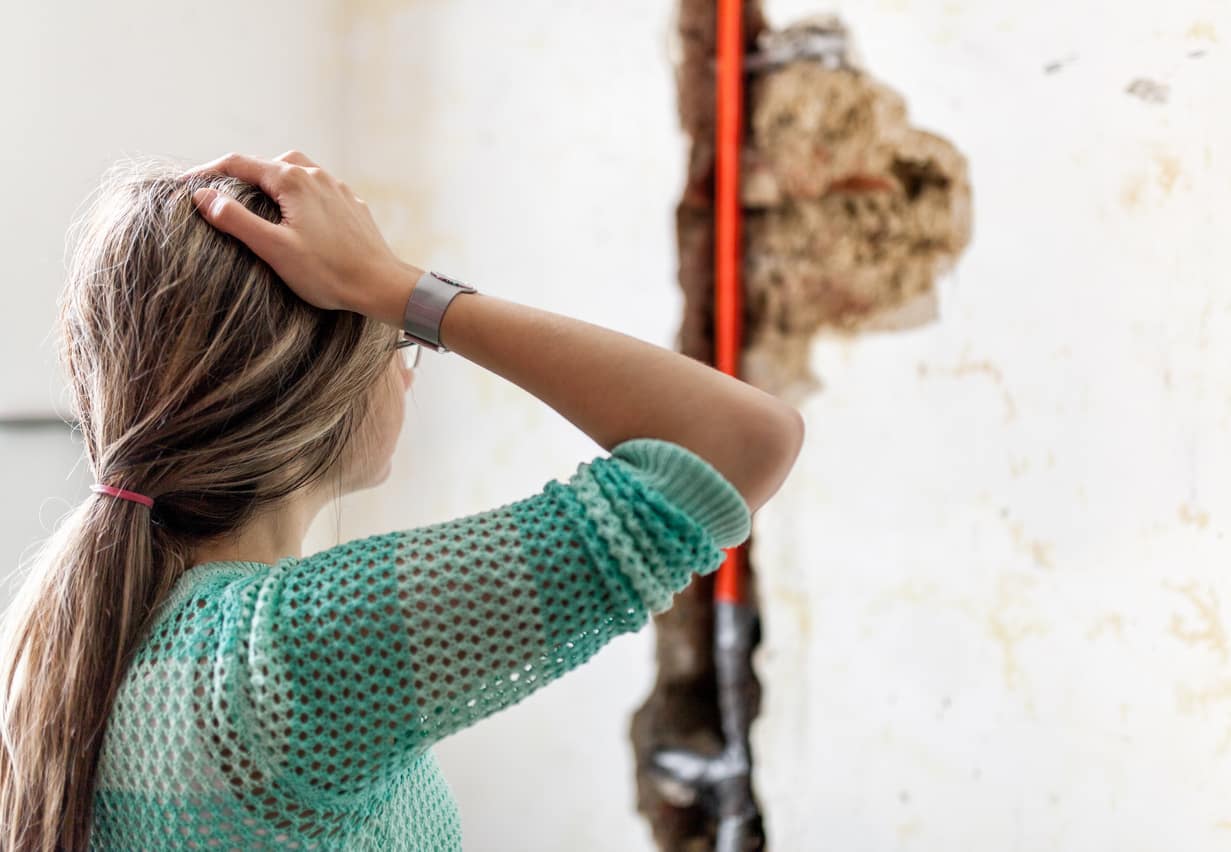Efficient Water Mitigation Techniques You Need to Know
Water damages can be a disruptive and expensive problem for residential property owners, making it essential to be fluent in reliable water reduction techniques. From very early detection and inspection to reliable water extraction approaches and comprehensive drying out techniques, there are crucial steps to take in mitigating water damage.

Early Discovery and Assessment
Very early discovery and examination are critical steps in the process of water reduction to determine and resolve prospective sources of water damage without delay. Determining these issues early on can avoid more acceleration of water damages, eventually conserving time and resources in the mitigation process.
Furthermore, early detection enables swift activity to be taken in drying affected areas and executing required repair work to avoid mold development, architectural degeneration, and various other long-term repercussions of water damage. Prompt intervention not only mitigates the instant effect of water breach however additionally aids in preserving the honesty and safety and security of the home in the future. Focusing on very early discovery and evaluation as fundamental components of water mitigation strategies is vital for effective damage control and reconstruction initiatives.
Reliable Water Extraction Techniques
Discovery and inspection are vital actions in any kind of water mitigation process, laying the structure for effective water removal techniques to quickly get rid of excess water from affected areas. Once the level of water damage is analyzed, it is important to utilize efficient extraction methods immediately. Water extraction can be accomplished via numerous methods, including using powerful pumps, damp vacuum cleaners, and dehumidifiers.
Expert water mitigation groups typically utilize submersible pumps to rapidly get rid of big quantities of water from the premises. These pumps can drawing out water at a fast pace, decreasing the danger of further damages to the home. Wet vacuums are additionally frequently utilized to target smaller sized locations or hard-to-reach rooms where standing water continues.
Furthermore, dehumidifiers play a key function in the water extraction process by reducing moisture degrees airborne and accelerating the total drying out time - mold mitigation saratoga. By integrating these extraction techniques tactically, water reduction experts can effectively draw out water, mitigate damages, and avoid mold development, inevitably recovering the damaged area to its pre-loss problem
Thorough Drying Techniques
To make certain comprehensive water damages mitigation, complete drying techniques are important in removing residual moisture and avoiding prospective structural issues. After water removal, the focus moves to drying the impacted locations completely.
In instances of water damages, porous materials like drywall and carpets can trap wetness, causing mold growth and architectural weakening if not appropriately dried. To resolve this, specialists might utilize specialized devices such as moisture meters to measure wetness degrees within materials, guaranteeing complete drying. Furthermore, the removal of baseboards or piercing little openings in walls might assist in drying in wall surface tooth cavities where wetness can stick around unseen.
Mold Prevention and Remediation
Adhering to the extensive a knockout post drying strategies in water reduction, the emphasis currently changes in the direction of addressing mold avoidance and remediation to protect against possible health and wellness risks and structural damages - water damage restoration company round lake ny. Mold and mildew can quickly create in areas impacted by water damages, posturing severe health risks and endangering the integrity of the building.
It is crucial to attend to mold issues without delay and properly to prevent further damage and make certain the security of passengers. By carrying out these mold and mildew avoidance and remediation methods, the threats linked with water damages can be considerably reduced.
Structural Repair and Repair

Painting wall surfaces, changing floor covering, and check these guys out addressing any type of noticeable water discolorations are typical methods. In addition, dealing with any sticking around wetness problems and guaranteeing proper air flow can aid prevent future architectural damage and mold growth.
Final Thought
In final thought, efficient water mitigation strategies such as very early detection, reliable water removal, comprehensive drying, mold and mildew prevention, and architectural repair service are critical in lessening damage and restoring impacted locations (water removal ballston spa ny). By adhering to these actions carefully, residential property proprietors can reduce the effect of water damages and stop further issues such as mold development. It is important to act quickly and utilize these techniques to make sure an effective water mitigation procedure
Water damages can be go to website a disruptive and pricey problem for property proprietors, making it vital to be fluent in reliable water reduction methods. From very early discovery and assessment to efficient water extraction techniques and comprehensive drying methods, there are essential steps to take in mitigating water damage.Early discovery and examination are important actions in the process of water reduction to determine and resolve potential resources of water damage quickly.Detection and evaluation are crucial actions in any water reduction process, laying the structure for efficient water removal approaches to swiftly remove excess water from affected areas.In conclusion, efficient water mitigation methods such as early detection, effective water removal, comprehensive drying out, mold prevention, and structural repair work are critical in lessening damages and bring back affected areas.